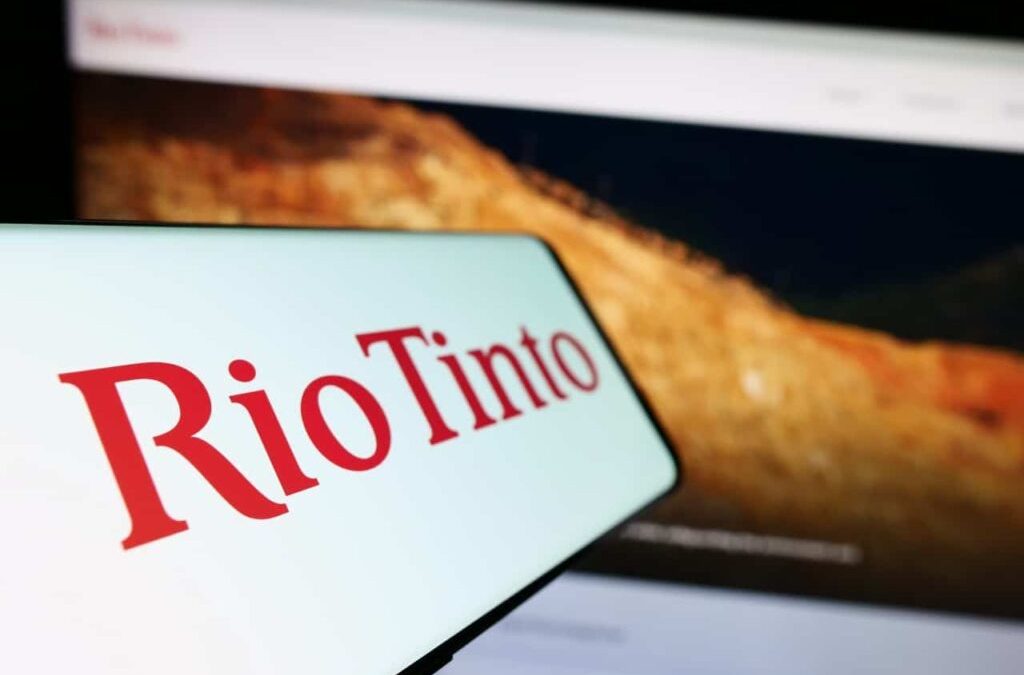Rio Tinto has uncovered one of the largest gem-quality diamonds to be ever be discovered at its Diavik Diamond mine in Canada.
The 158.20 carat rough diamond was found at the remote site, located 200km south of the Arctic Circle in the Northwest Territories of Canada.
It is one of only five yellow diamonds weighing over 100 carats ever found at Diavik within its 22-year history.
The Diavik mine primarily produces high-quality white diamonds, with less than one per cent of its production yielding rare yellow stones.
“This two billion year old, natural Canadian diamond, is a miracle of nature and testament to the skill and fortitude of all the men and women who work in Diavik’s challenging sub-arctic environment,” Diavik diamond mines chief operating officer Matt Breen said.
Operating since 2003, Diavik is recognised for its responsible sourcing and commitment to sustainability. The mine operates off-grid, incorporating renewable energy to reduce its environmental footprint.
From 2012, Diavik has run a hybrid wind-diesel power facility, and in 2024, the company completed the construction of a solar power plant.
Rio Tinto’s diamonds business general manager of sales and marketing Patrick Coppens emphasised the significance of the discovery.
“The beauty and purity of Diavik diamonds continues to excite passions amongst all who see them, and we look forward to following the onward journey of this very special diamond,” he said.
In other recent news at Rio, the company recently teamed up with the University of Queensland (UQ) to officially launch the South Gobi Underground Mass Mining Institute in Mongolia to address global labour shortages.
In recent years, there has been a large decline in the number of students studying mining engineering, leading to a global shortage of mining professionals.
In response, the South Gobi Underground Mass Mining Institute was created to provide a comprehensive training program to local and international mining professionals.
Rio Tinto’s Oyu Tolgoi copper mine will be used as the primary practical training hub for the inaugural 2025 cohort.



